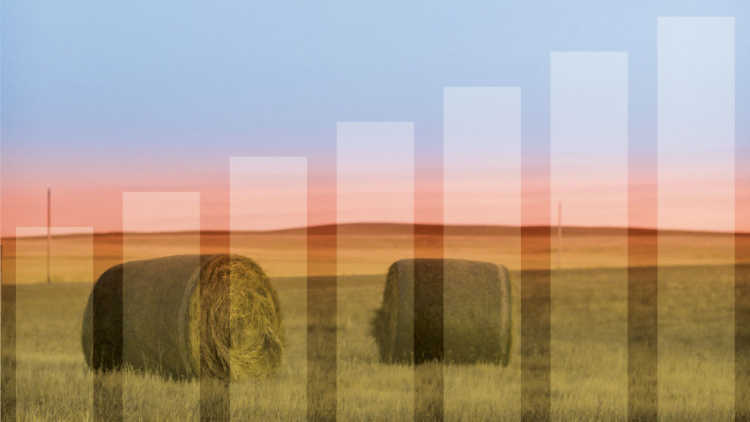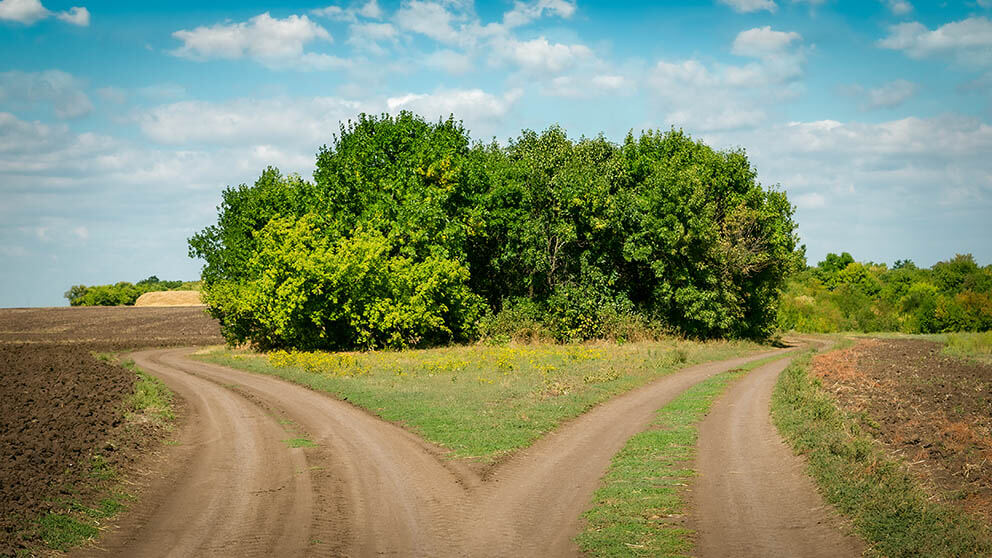Markets are bracing for an interest rate hike - how to stay ahead of it

Because it’s a capital-intensive industry, agriculture can face shocks any time interest rates go up.
Markets are bracing for the Bank of Canada to raise its policy interest rate in 2022, but farmers can act now to protect themselves.
Higher interest rates can increase farmers’ costs of borrowing and production, discourage investments and potentially lower farmland values.
Markets are bracing for the Bank of Canada to raise its policy interest rate in 2022, but farmers can act now to protect themselves.
For starters, reach out to lenders and strengthen those relationships.
“Having a good relationship while times are good can make navigating challenging times much easier,” says Sharon Ardron, a farm management specialist with Manitoba Agriculture.
It’s also easier to take preventative actions when there is time rather than react after the fact.
Loans
She says one of the most important steps to take now is to discuss available options, like converting variable loans into fixed interest rates.
StoneX’s Meaghan Bell agrees. The senior cash broker and risk management associate says it makes sense for farmers concerned about higher rates to consider transferring some floating-rate operating loans to a three- to five-year fixed rate.
“Generally, you pay a higher rate than current floating, but it is fixed,” Bell adds.
Farmers may also wish to consider splitting a large loan into two smaller loans, keeping one on a floating rate and the other fixed. This strategy provides some protection against upward interest rate movement, while taking advantage of low prevailing rates, Ardron says.
Another strategy is to seek lower rates for operating lines of credit. A potential change of security - maybe move to land if it’s an unsecured line - might be a way to bring down interest rates, she notes.
Planning
Now is also a good time to put together a plan to determine if you can meet financial obligations under different scenarios, Ardron says.
Among those scenarios would be potential interest rate hikes of 0.5%, 1% or 5% - the good, the bad and the ugly.
Also determine the farm’s cost of production so that you have a better idea about the offsetting moves you’d need to make when a rate increase occurs.
Farmland values
Interest rates may also impact the value of acreage.
On the surface, higher rates would make land less affordable, discouraging buyers, and thereby pressuring prices lower.
But one outcome of inflationary pressures, the catalyst for higher interest rates in the first place, is people moving their money into hard assets like real estate, Bell says.
“Historically, that includes farmland,” she says.
Decide now if and how much acreage you may be willing to buy or sell, so you’re prepared if the time comes to decide.
Bottom line
Financial markets expect the Bank of Canada to raise policy interest rates in 2022 but farmers can act now to prepare. Strengthen relationships with lenders, discuss loan options and identify financial obligations.
Article by: Richard Kamchen

Learn the psychology on how we view money and understand it better to make smart financial decisions.
